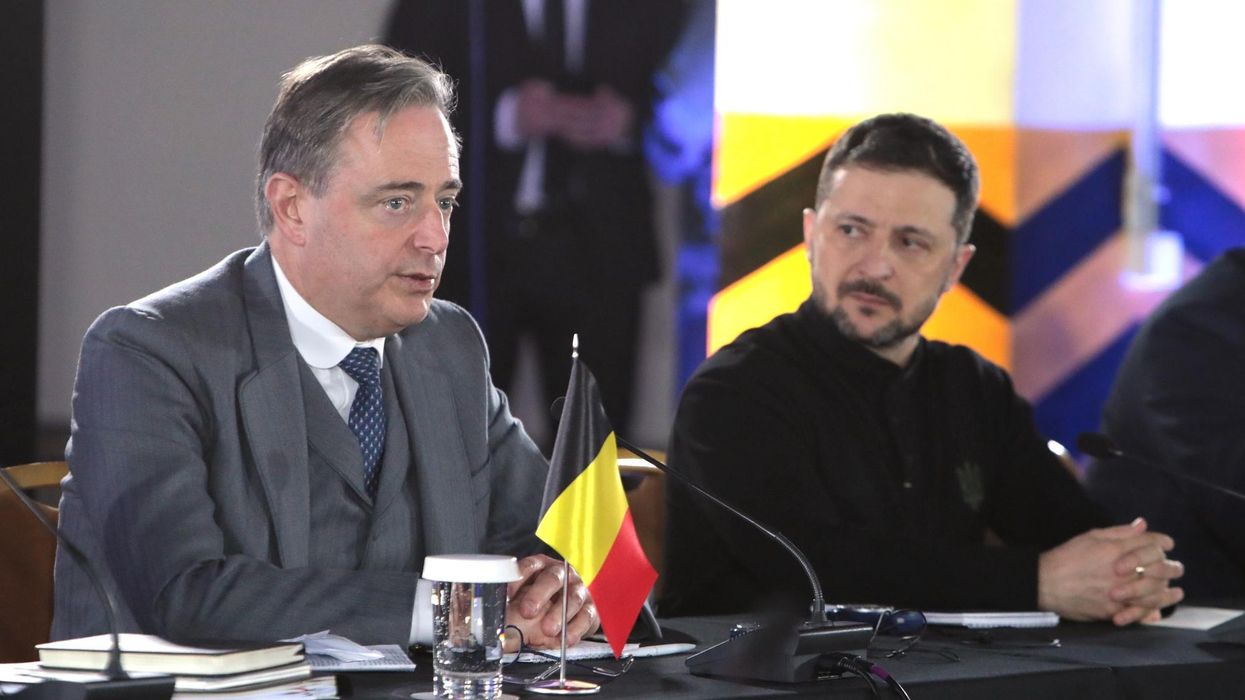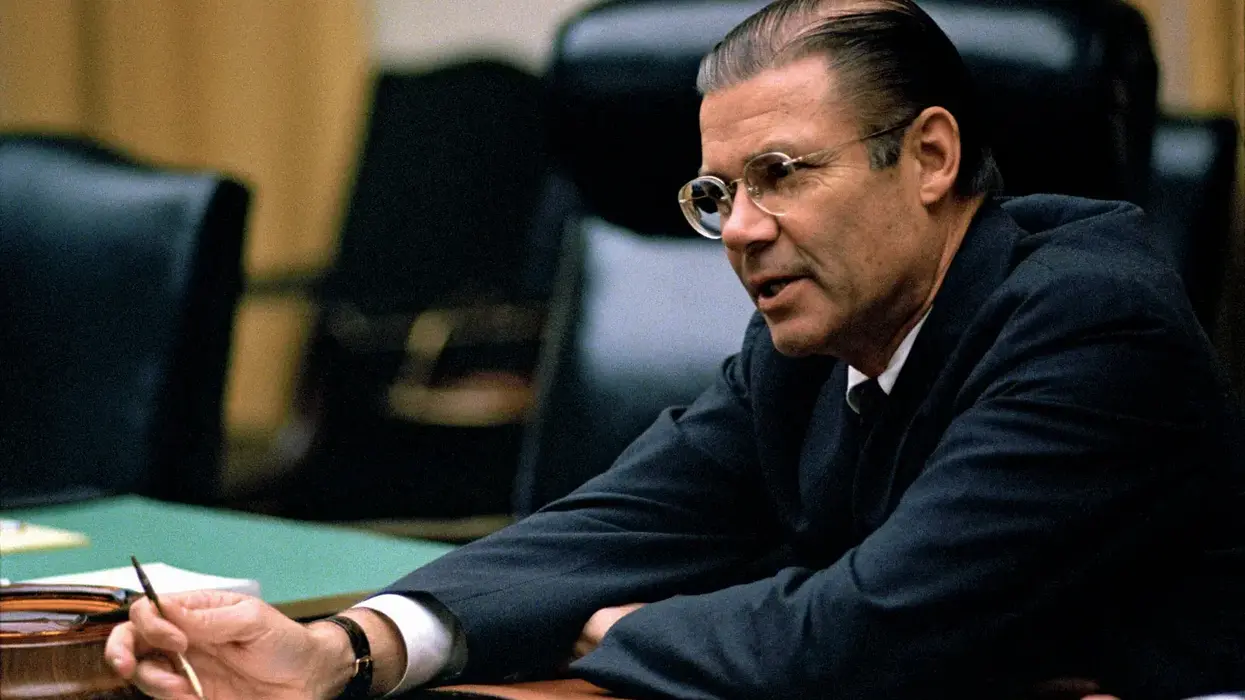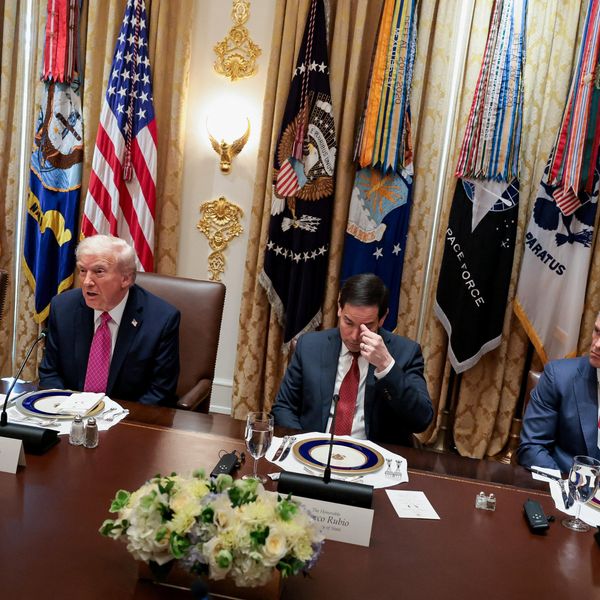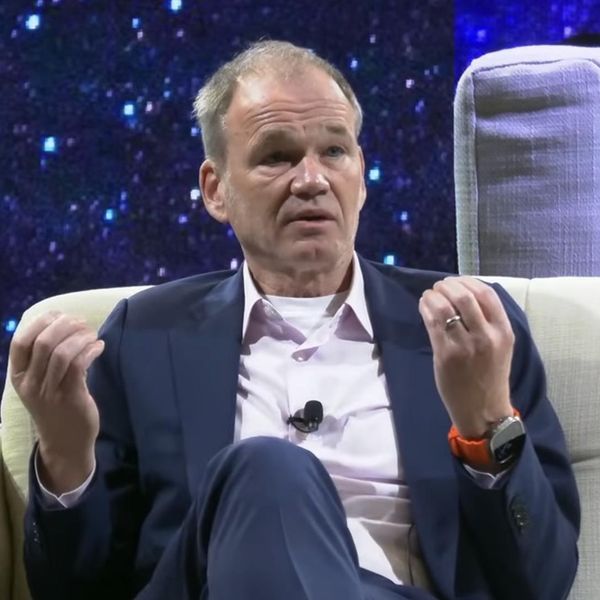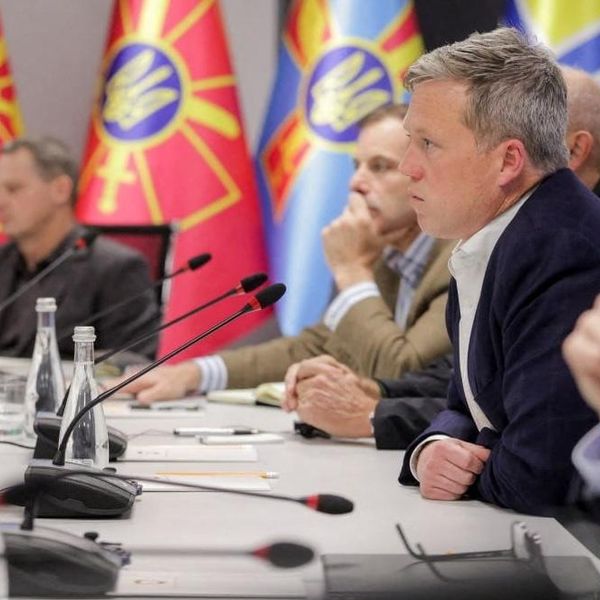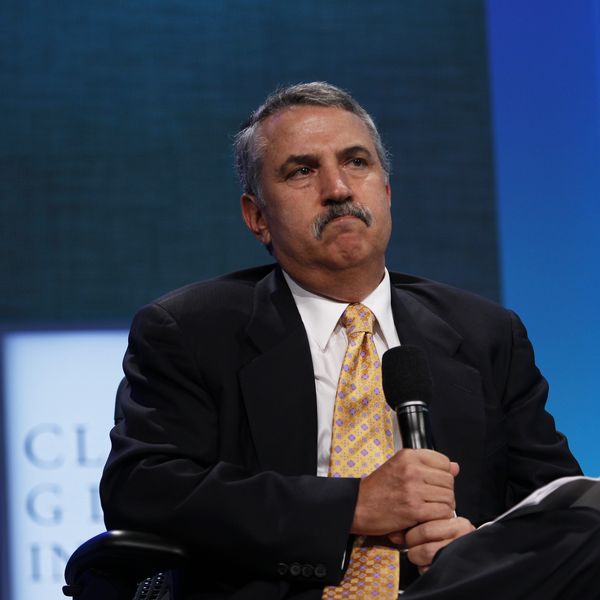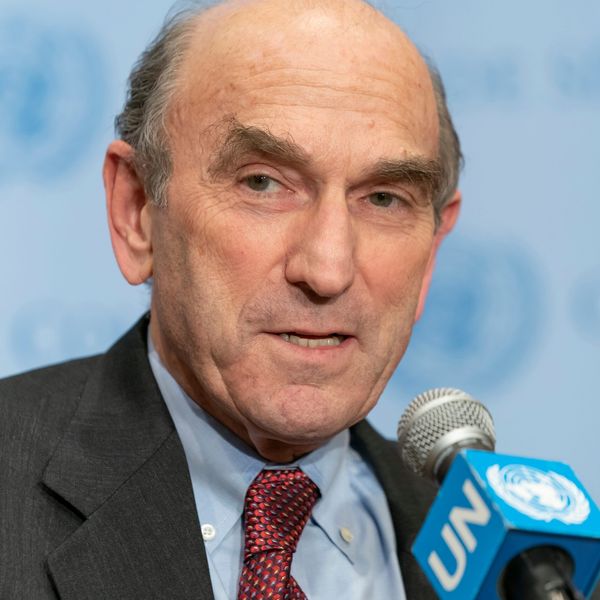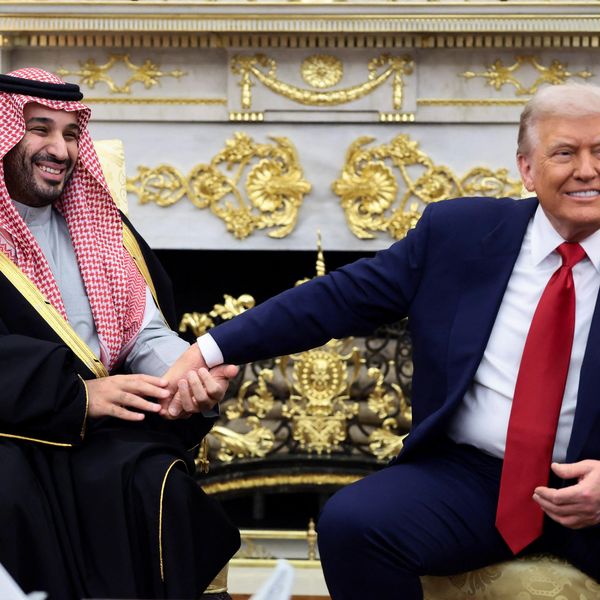Why are governments willing to invest more time in sanctions and war than they do in diplomacy? I pondered this question as the five-year anniversary of the signing of the Joint Comprehensive Plan of Action, or Iran nuclear deal, passed last week. What would relations between the United States and Iran look like had diplomacy been given its due, and the Iran deal honoured for longer?
Tehran was filled with hope and great optimism in the months after the Iran nuclear deal was signed. Many Iranians hoped for a new era in which sanctions would end, and with them the decades of hostility with the United States. There was a great sense of optimism for a new beginning, a bright future with reintegration in the international community, economic prosperity, booming tourism, student exchanges, and even direct flights between New York and Tehran. Many believed that domestic political reform would follow.
That optimism is a distant memory today, two years and two months after President Trump unilaterally pulled out of the deal and re-imposed crushing sanctions. Iran’s economy is tormented: the rial is at an all-time low; in 2019, inflation hit a shocking 41 percent, GDP contracted by 8.2 percent and the unemployment rate remained at nearly 12 percent. Rather than direct flights, tourism and student exchanges, a travel ban was imposed.
Dealing with a global pandemic with a strained economy has exacted a terrible human toll and caused a second wave of coronavirus as Iran is strapped for the financial resources needed to impose quarantines and to adequately respond. People have lost hope and optimism for any improvements as they endure these hardships.
Now the JCPOA limps along precariously. Tehran has responded to the Trump administration’s campaign of “maximum pressure” by exceeding operational restrictions on enriched uranium stockpiles and enrichment levels, which has reduced the breakout time to produce the fissile material for a bomb from at least one year to roughly six months. There have been more concerning regional activities and more provocations, including support for pro-Iranian militias in Iraq and strengthened influence in Lebanon, Syria, and Yemen. The human rights abuses have worsened, with one of the most brutal crackdowns on protestors in November 2019. During the past week, an online campaign, #DontExecute, surged, protesting against the death penalty ruling imposed on three men arrested in connection to the November uprising. There have been more uprisings due to continued economic hardship, and the Iranian police have warned they would respond “decisively” to any repeat of uprisings or protests.
Iran continues to accept most of the JCPOA verification measures. But its violation of the enrichment limits has led France, Germany, and Britain in February to trigger the dispute resolution mechanism, which eventually could land the issue back in the Security Council. The U.S. targeted assassination of Iranian General Qassem Soleimani in January 2020, and Iran’s retaliatory attacks on U.S. bases in Iraq pushed Washington and Tehran to the brink of war. Tensions will likely rise again in the aftermath a chain of explosions that look suspiciously like a campaign of sabotage led by Israel. Even so, the remaining parties to the agreement are biding time in hopes that the U.S. presidential election will usher in a new administration keen to revive the deal.
The United States has given the coercive tools of sanctions and isolation more than a fair chance for over 40 years without any significant impact on Iran’s polices.
In contrast, the Iran nuclear deal received a single unimpeded year before the election of President Donald Trump shifted the trajectory of American politics and the deal. From the very day the deal was signed, it was subject to contentious scrutiny. Opinion leaders embraced an unrealistic expectation that Iran would craft a completely different foreign policy approach overnight. There was no tolerance for waiting for results.
In January 2016, only six months after the deal was signed, the International Atomic Energy Agency confirmed that Iran had complied with all of the restrictions on its nuclear activities set forth by the agreement. For the next three and a half years, every quarterly IAEA report confirmed Iran’s compliance.
By sharply reducing its enrichment capabilities, Iran’s breakout time for producing the 25 kilograms of highly enriched uranium deemed necessary for a single bomb was pushed from three months to at least one year. In return, Iran received relief from nuclear-related sanctions imposed by the United States, the European Union, and the United Nations Security Council.
Despite the deal’s significant successes, conservative critics harped on what they considered its two major flaws: the deal did not address Iran’s regional behaviour and the enrichment restrictions would be gradually lifted after 11-15 years. Senator Tom Cotton, for instance, argued that the nuclear deal would only serve to strengthen the Iranian regime and and empower its “revolutionary aggression,” referring to Iran’s support for Hezbollah in Lebanon, for the Bashar Assad regime in Syria, Houthi rebels in Yemen and its battle for influence in the Persian Gulf. President Trump has posed similar arguments.
Tehran’s regional policies were driven mainly by a change in Washington’s regional posture and by shifts in regional dynamics rather than by the limited economic comfort Iran’s leaders derived from the JCPOA. The deal’s detractors failed to recognize the unprecedented diplomatic opening that it had created, or to understand that the accord was designed to be incremental, focusing on limited, technical issues today while creating the opportunity for broader political negotiations tomorrow.
Understanding the difficulty of resolving long-standing regional issues, the Obama administration consciously decoupled them from the nuclear question. Iran’s support for Syria, the Houthis, and Hezbollah is a fundamental aspect of Iran’s military strategy. The ballistic missile program is even more essential to the nation’s defense. Addressing these non-nuclear issues would require a broader, regional arms control agreement, involving Saudi Arabia and Israel, among other stakeholders.
The nuclear deal was designed to be incrementalist. It could have been the first significant step toward changing the nature of American engagement with Iran from confrontation to conversation. It provided a channel for negotiation on other issues that inevitably would have arisen, and opened up space for compromise.
Many supporters of the deal knew very well that the JCPOA was no magic wand that could dissolve problems overnight. But they hoped for a shift in the nature of Tehran’s domestic and international politics towards reform. The deal could have opened the possibilities for Iranian political elites to rethink their approach to foreign policy, economic growth and the normalization of relations with the West. If it had remained in place, Iran’s strategic calculus could have changed through sustained diplomatic and economic ties. The more Iran would have gained economically and diplomatically, the harder it would have been to put those interests at risk. Now, the failure of the deal has empowered the Supreme Leader and the hawks in Tehran, who scold: “We told you so.”
The deal was never intended as a grand bargain. But by stopping the nuclear capability clock for a decade and a half, with intrusive inspections, it offered an off ramp, an ecosystem conducive to diplomacy and a stepping stone to a mutually brighter future.
President Trump’s impatience has proven costly. Iran has reduced its compliance with the nuclear deal and floats consideration of abandoning it altogether and the NPT as well.
If change is to take place, as much effort, persistence, financial resources, and patience should be devoted to diplomatic solutions as has been devoted to sanctions and pressure.
The post-election challenge is to re-engage with Tehran in a mutually productive and beneficial way, with realistic expectations for incremental progress over a sustained period, giving hope to the prospect of long-term peace and security. The next U.S. administration will have to summon extraordinary diplomatic resolve and skill to rebuild the trust that Trump has destroyed. It should start by resuscitating the JCPOA.



